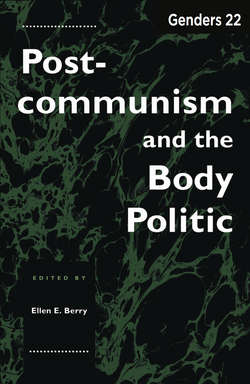Читать книгу Genders 22 - Ellen E. Berry - Страница 26
На сайте Литреса книга снята с продажи.
NOTES
Оглавление1. Colliers Encyclopaedia, Volume 23 (New York: Macmillan Educational Company, 1988), 726.
2. Ibid.
3. Thomas Kuhn, The Structure of Scientific Revolutions, 2nd ed., Enlarged (Chicago: The University of Chicago Press, 1970), 10. Further references to the text will be included parenthetically in the text.
4. Cited in Simon During, ed., The Cultural Studies Reader (London: Roudedge, 1994), 195.
5. For specific examples, please see Michael Real, Super Media (Newbury Park: SAGE Publications, 1989), 165–222.
6. Some scholars have proposed that, in order to understand the contemporary cultural condition, one has to accept the complexity of its global nature. Arjun Appadurai, in an essay entided, “Disjuncture and Difference in the Global Cultural Economy,” suggests that “[t]he central problem of today’s global interactions is the tension between cultural homogenization and cultural heterogenization.” Most media studies, he goes on to say, emphasize homogenization, frequently equating it with either Americanization or “commoditization,” or both. However, “[w]hat these arguments fail to consider is that at least as rapidly as forces from various metropolises are brought into new societies they tend to become indigenized in one or other way: this is true of music and housing styles as much as it is true of science and terrorism, spectacles and constitutions.” Instead of using the center-periphery model as the framework for studying global disjunctures, Appadurai proposes looking at five dimensions of global cultural flow: (a) “ethnoscapes”: the movement of groups and persons (tourism, immigration, refugees, exiles, guest workers, etc.); (b) “mediascapes: … distribution of the electronic capabilities to produce and disseminate information … and … the images of the world created by these media”; (c) “technoscapes”: technology that “now moves at high speeds across various kinds of previously impervious boundaries”; (d) “finanscapes”: the movement of global capital; and (e) “ideoscapes: … concatenations of images … often direcdy political [which] frequently have to do with the ideologies of states and the counter-ideologies of movements explicidy oriented to capturing state power or a piece of it.” In Mike Featherstone, ed., Global Culture
